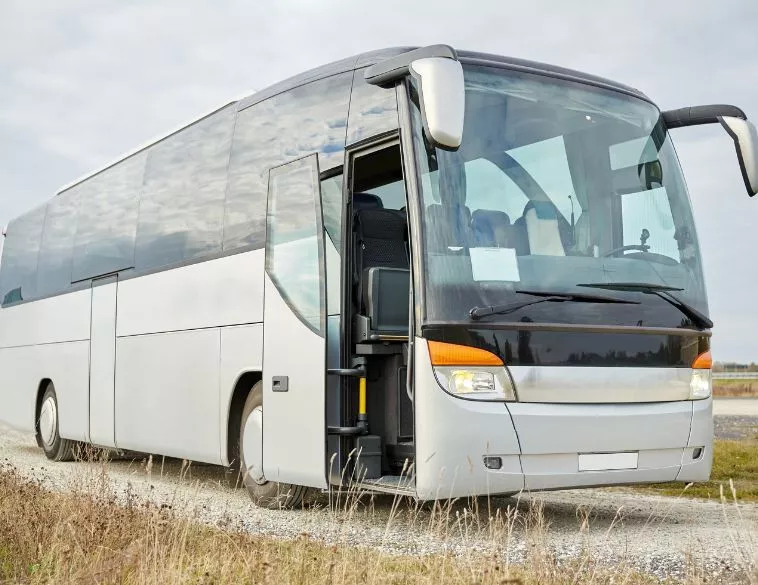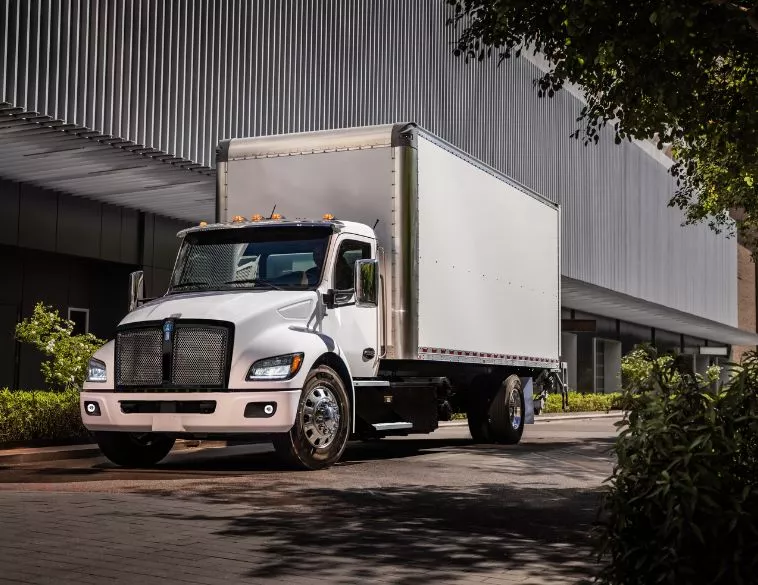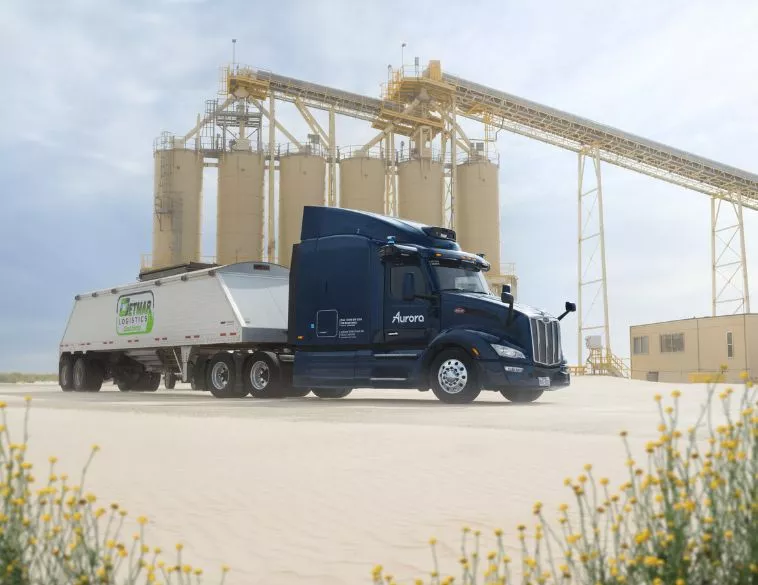Most Precious Cargo


Engineered to carry passengers safely to their destinations, bus tires need to be chose carefully.
When is a bus tire, not just a bus tire? When it’s engineered to address the specific needs of a range of applications, from municipal bus fleets, to school buses, to coach buses that travel long-distances between cities. Each type of fleet has its own needs, and fleet managers need to make sure they’re investing in the right type of tires for their particular bus fleet needs.
“At Michelin, we engineer tires to help meet the specific needs of the vehicles and environments they serve,” says Daniel Neal, Bus Product Category Manager for Michelin North America Inc. “For buses (city, school or long-distance) the design should reflect how the vehicle operates and where it travels.”
Alan Eagleson, TBR Segment Manager at Sailun Tire Americas explains the different needs each type of bus fleet should prioritize. “For city buses, tires tend to be a lower profile to make the step height as low as possible,” he says. “City buses also tend to come in contact with curbs during operation, which is why some city bus tires are designed with sidewall protector ribs to resist this curb damage. For example, the Sailun S638 has three sidewall protector ribs with 5/32” of extra rubber to help protect the sidewall from curb abrasion.”
On the other hand, Eagleson explains, “coach buses need tires with a higher speed rating and load carrying capacity. Low rolling resistance tires are also beneficial in highway coach buses. In both city buses and coach buses, a quiet smooth ride is necessary. Generally, a rib pattern is required to keep the ride smooth and quiet.”
As far as school buses are concerned, Eagleson says that they’re often used for more rural routes with gravel roads, and possibly more severe winter conditions, “which is why a more aggressive traction tire is required for the drive position.”
Michelin’s Neal agrees, adding the following details: “City buses carry heavy passenger loads, frequently start and stop, and make tight turns while hugging curbs for easy boarding. These conditions need tires with highly scrub-resistant tread compounds and patterns that are optimized to handle constant braking and turning, robust sidewalls that are reinforced to withstand repeated curb contact, wear indicators built into the sidewall to help fleets monitor casing life and schedule rotations.”
Coach buses that operate mostly on highways make fewer stops and turns, Neal adds. “These buses prioritize fuel efficiency and long tread life over sidewall durability,” he says, “as well as a smooth ride quality and low rolling resistance for long-haul comfort and economy.”
School buses, on the other hand, are a bit of a mixed bag, according to Neal. “School buses vary depending on location and route,” he adds. “Urban school districts may use city bus tires, while rural school buses may benefit from coach tires.”
Neal notes that buses may use steer or drive axle-specific tires, especially in regions with winter traction needs. “However,” he adds, “many bus fleets choose to use one type of all-position tire at all wheel positions for simplicity and interchangeability.”
Electric buses
One of the trends we’re seeing in recent years is the growth in the number of electric buses coming to market. Due to their unique needs, these buses present tire manufacturers with new challenges.
“Electric buses tend to be heavier, so a higher load carrying capacity may be required,” explains Sailun Tire’s Eagleson. “This is not generally an issue, since tires are over-engineered for their applications. Most tires are built to carry higher loads than any application they are put into. There are some buses that are built/imported from other global regions. These buses tend to have less common tire sizes compared to ‘standard’ North American buses.”
Michelin’s Neal explains that the needs of bus fleets are always evolving, especially now with the advent of electric buses. “These vehicles introduce new challenges, such as heavier loads from the battery systems, and range sensitivity,” he says. “Along with these new demands, tire durability and casing robustness remain essential to minimize downtime and reduce the total cost of fleet operations.”
Neal says that retreading can help bus fleets reduce tire costs, extend casing life, and operate more sustainably—ultimately lowering the total cost of ownership, without compromising reliability or performance.
Key considerations
According to Sailun Tire’s Eagleson, fleet managers should keep the following key considerations in mind when shopping for new bus tires. First, think about the tire type and application. “Different buses require tires designed for specific conditions—frequent stops, longer highway travel, or mixed service,” he says, adding that the load rating is very important. “Ensure that the tires are rated for the gross vehicle weight of the bus.”
Tread design is another key consideration, Eagleson explains. “Buses used for urban or city routes prefer tires with deep, durable tread patterns for frequent stopping and staring, while buses used for highway routes need low rolling resistance treads to improve fuel efficiency. And remember that all-weather or winter-rated tires may be needed in colder regions.”
Eagleson notes the retreadability, fuel efficiency, warranty terms, and the reliability of the tire brand (and their after-sales support) also play a key role in the decision-making process.
Michelin’s Neal adds the following key points:
Prioritize regular tire maintenance
- Regularly monitor and maintain proper inflation pressure.
- Use wear indicators (both tread and sidewall) to guide rotations and replacements.
- Premium tires may cost more upfront but offer better mileage, fewer replacements, and superior casing retreadability.
- Retreading, allowed on all axles except steer, can help bus fleets reduce tire costs, extend casing life, and operate more sustainably—ultimately lowering the total cost of ownership without compromising reliability or performance.
- Even if a fleet doesn’t retread, premium casings have higher resale value.
Consider the total cost of ownership:
Neal concludes with a word of advice for fleet professionals: “By focusing on application-specific needs and long-term value, fleet managers can optimize performance and reduce operational costs.”




